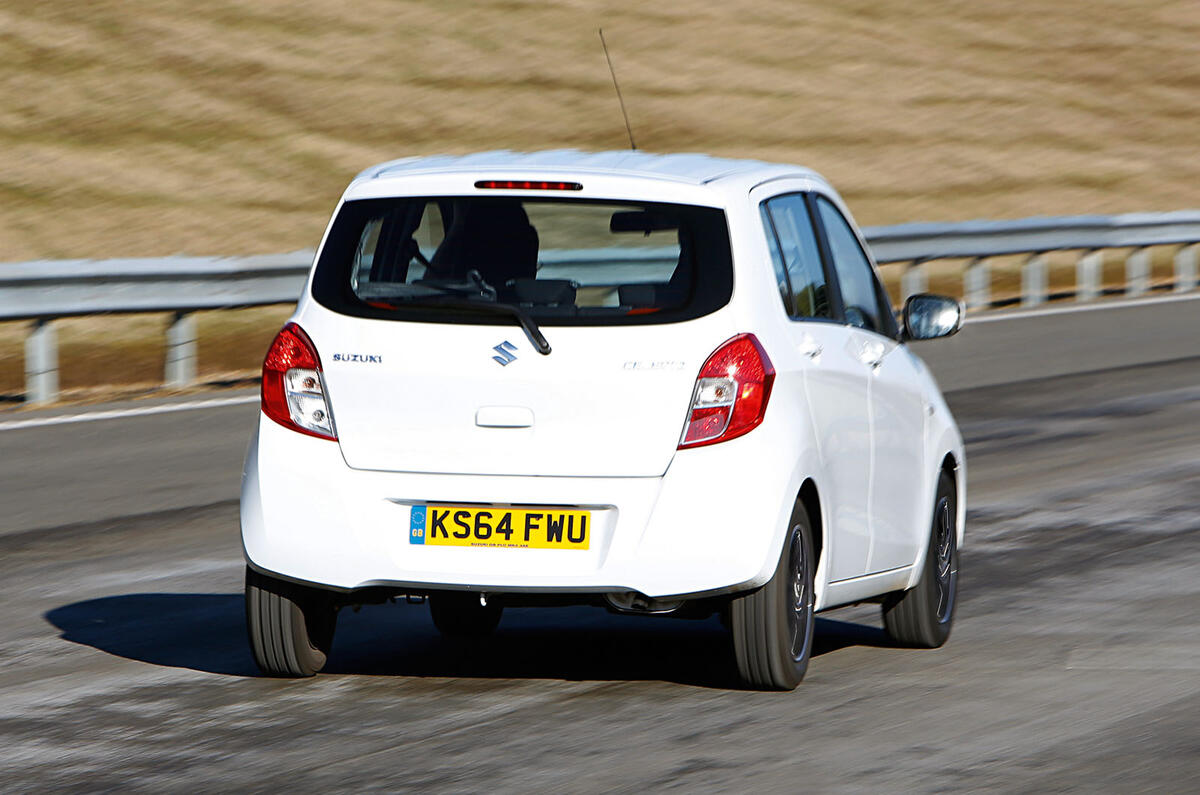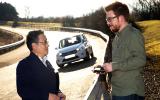On Friday 30 January, during Autocar’s emergency stop test in controlled circumstances at Millbrook Proving Ground, a new Suzuki Celerio suffered complete brake failure.
This was unheard of. Yes, there had been instances of brake fade or a loss of vacuum assistance following repeated hard stops in Autocar’s extensive history of testing. There had even been cases of brake pads catching fire – a result of the intense heat caused by repeated hard stops – but never in our recollection had a car suffered a problem that resulted in a complete absence of stopping power.
Our first action was to inform Suzuki. The car was promptly recovered for inspection and another one was delivered to allow our testing to continue. When the second Celerio suffered exactly the same failure, leaving fellow reviewer Matt Saunders and me sailing unchecked down Millbrook’s mile-long straight, the situation escalated.
When we told Suzuki about this second failure, Japanese engineers who had been in the UK the week before for a press event were recalled to inspect the problem. At that time, the first right-hand-drive Celerios were reaching customers and dealers and Suzuki had arranged a sizeable weekend media campaign around its new model.
Although some customers were still able to book test drives in the Celerio over that weekend, by the Monday Suzuki had recalled the 37 cars that had reached buyers in the UK and cancelled all test drives until its investigation was completed.
On 9 February we were back at Millbrook – at Suzuki’s behest – in order to test the revisions that had been made to the Celerio. Chief engineer Shigeki Suzuki was present to demonstrate and explain the changes. He showed us two brake pedal assemblies: the current production item and a revised production prototype.
In the centre of the original pedal assembly is a small metal piece that is integrated into the brake pedal linkage. It is the brake pedal retraction system, which is designed to prevent the pedal from causing injury to the driver in a frontal impact. This mechanism was only fitted to cars in the UK, Ireland, Australia and New Zealand, where safety regulations necessitated it.
When a significant force – which should be above that used in emergency braking – is applied, this component in the pedal assembly detaches from its mounting. This causes the brake pedal to drop away, preventing an impact with the driver’s legs. Similarly, if the bulkhead begins to deform in a collision, the link can detach, again causing the pedal to retract safely.
It transpires that the design of the original part resulted in an overly sensitive safety system, one that could leave a driver with no brakes at all. The revised pedal assembly, on the other hand, has a much thicker and differently structured brake pedal retraction link.























Join the debate
Add your comment
The infamous GM ignition switch problem comes to mind ...
Lives saved
Suzuki Celerio
Unlike Renault and the Clio with the flip opening bonnet. Went on for years before the model was renewed. Renault kept saying there was no defect. Didn't go down well when drivers had a bonnet slam into their windscreens and send glass shards every where.
How long dis it take Merc to sort out the falling over A class and they continued to sell it while they thought about a fix.
VW with gearbox trouble.
Suzuki agreed a fault and sorted it double quick.